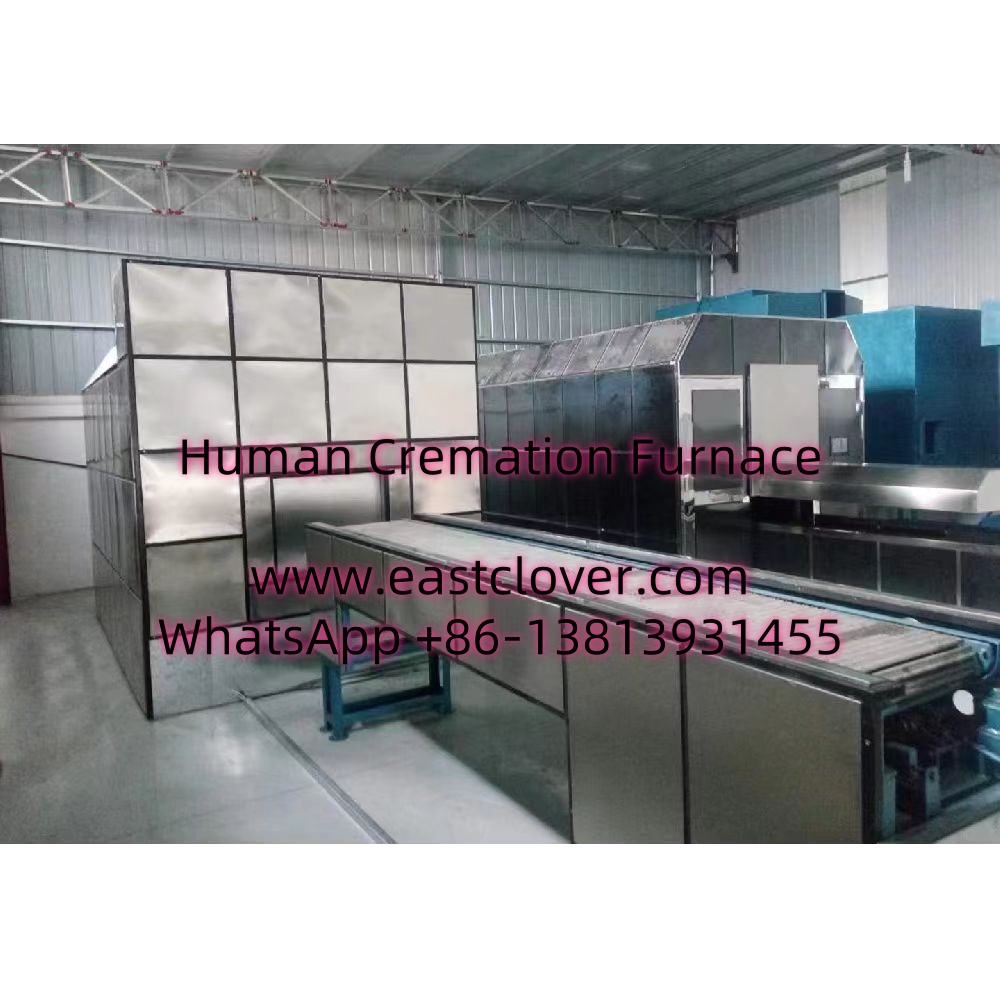Introduction
Cremation has long been a preferred method of final disposition worldwide, offering a practical alternative to traditional burial. However, conventional cremation processes consume significant energy and produce greenhouse gases, raising environmental concerns. In response, innovators in the funeral industry are developing energy-efficient cremation furnaces and sustainable technologies to reduce ecological footprints while maintaining dignity and efficiency. This news explores the latest advancements in cremation technology, focusing on energy-saving designs that align with global sustainability goals.
Energy-Efficient Cremation Furnace Designs
1. Automated Combustion Control Systems
Modern cremation furnaces now integrate advanced sensors and automation to optimize combustion. These systems adjust fuel-to-air ratios in real time, ensuring complete combustion while minimizing energy waste. By precisely regulating temperatures (typically between 1,400°F and 1,800°F), these furnaces reduce gas consumption by up to 30% compared to older models.
2. Improved Insulation Materials
Innovative insulation materials, such as ceramic fiber and refractory bricks, enhance thermal efficiency. These materials retain heat within the chamber, requiring less energy to maintain optimal temperatures. Double-walled designs with vacuum-sealed layers further minimize heat loss, improving energy efficiency by 20–25%.
3. Alternative Fuel Sources
Some manufacturers are experimenting with biofuels, hydrogen, or electrically powered furnaces. Electric cremators, for instance, eliminate direct emissions and can be powered by renewable energy sources like solar or wind. Though still in early adoption, these alternatives promise a carbon-neutral future for cremation.
4. Heat Recovery Systems
Waste heat from cremation furnaces is now being repurposed to warm facilities or generate electricity. Heat exchangers capture exhaust gases, converting thermal energy into usable power. This closed-loop system reduces reliance on external energy sources and lowers operational costs.
5. Emission Control Innovations
Advanced filters and scrubbers, such as activated carbon and catalytic converters, are being integrated to capture pollutants like mercury (from dental amalgams) and particulate matter. These systems align with stricter environmental regulations and improve air quality.
Breakthroughs in Cremation Technology
Hybrid Cremation Systems
Combining gas and electric heating elements, hybrid systems offer flexibility and efficiency. For example, electric preheating reduces the gas needed to reach optimal temperatures, cutting fuel consumption by 40% in some cases.
Solar-Powered Cremation
In regions with ample sunlight, solar panels are being used to power cremation furnaces. India’s “green crematoriums” utilize solar energy to reduce reliance on wood pyres, addressing deforestation and air pollution concerns.
AI-Driven Optimization
Artificial intelligence analyzes data from past cremations to predict and automate optimal settings for future processes. Machine learning algorithms adjust parameters like airflow and temperature, ensuring consistent efficiency.
Resomation (Water Cremation)
Also known as alkaline hydrolysis, this method uses water, heat, and alkaline chemicals to accelerate natural decomposition. It consumes 85% less energy than flame-based cremation and produces no direct emissions, offering a promising sustainable alternative.
Carbon Capture Integration
Experimental systems now capture CO2 emissions during cremation for reuse in industrial processes or carbon sequestration. Though costly, this approach could neutralize the carbon footprint of cremation entirely.
Benefits of Energy-Efficient Cremation
- Reduced Environmental Impact: Lower emissions and energy use contribute to climate goals.
- Cost Savings: Efficient furnaces cut fuel and operational expenses over time.
- Regulatory Compliance: Meet evolving emissions standards and avoid penalties.
- Positive Public Perception: Align with growing demand for eco-friendly end-of-life services.
Challenges and Considerations
Despite advancements, barriers like high upfront costs and limited infrastructure for alternative methods (e.g., Resomation) persist. Public education is also critical to overcoming skepticism about new technologies.
Case Studies
- Netherlands’ “Green Crematorium” Initiative: 50% energy reduction using heat recovery and solar power.
- UK’s Resomation Adoption: Over 20 funeral homes now offer water cremation, reducing carbon footprints by 35% per service.
The Future of Sustainable Cremation
Innovators aim to achieve net-zero cremation through renewable energy integration and carbon-neutral fuels. Collaboration between governments, manufacturers, and funeral providers will be key to scaling these technologies globally.
www.southclover.com
Energy-efficient cremation furnaces and sustainable technologies represent a critical shift toward environmentally responsible end-of-life practices. By leveraging automation, alternative fuels, and emission controls, the funeral industry can significantly reduce its ecological impact while honoring cultural and personal preferences. Continued investment and public awareness will ensure these innovations become the new standard for a sustainable future.
FAQs
What makes a cremation furnace energy-efficient?
Features like automated combustion controls, improved insulation, and heat recovery systems reduce energy consumption by optimizing temperature regulation and reusing waste heat.
Are energy-efficient cremation furnaces more expensive?
Initial costs may be higher, but long-term savings from reduced fuel use and maintenance often offset the investment.
How do these technologies benefit the environment?
They lower greenhouse gas emissions, decrease reliance on fossil fuels, and minimize air pollution through advanced filtration.
Is Resomation widely available?
Currently, Resomation is legal in a few countries, including the UK and parts of the U.S., but adoption is growing as regulations evolve.
What happens to excess energy from heat recovery systems?
It can be used to heat buildings, power equipment, or even feed back into the grid, depending on facility infrastructure.

Comments are closed